MORE TIME SPENT on devices has led to higher rates of myopia, which now affects one in three U.S. children. It is projected that half the world’s population will be myopic by 2050 with nearly 1 billion high myopes. Popular treatments include atropine eye drops, overnight ortho-k contact lenses, and daytime soft multifocal CLs. Coming soon to the U.S. are bifocal spectacles from Essilor’s Stellest lens, HOYA, and DIMS, with its H.A.L.T. technology. Recently, EssilorLuxottica and Cooper Companies finalized their SightGlass Vision joint venture to develop spectacle lens technologies for myopia management. To treat myopia in children, Treehouse Eyes has centers in Virginia and Maryland but also partners with independent ECPs so they can take advantage of their training, marketing, and treatment protocol.
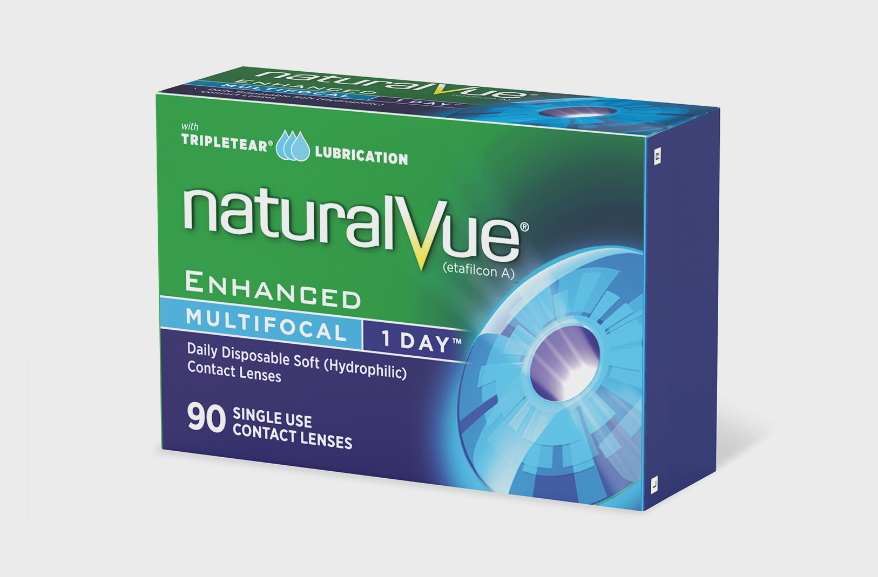
Visioneering Technologies
NaturalVue Multifocal 1-day contact lenses use a patented Neurofocus Optics technology to keep images inside the retina.
(844) 884-5367 | vtivision.com
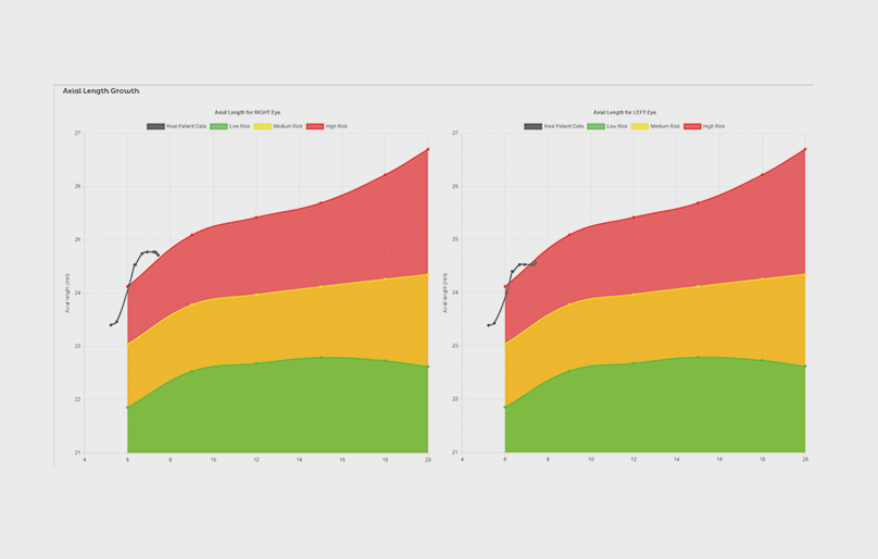
Treehouse Eyes
The Myopia Treatment Decision App, or MY-TDA, is a mobile app available exclusively to Treehouse Eyes’ partner practices. It allows doctors to determine the risk and progression of myopia to confirm that treatments are working, currently at about 50 practices.
treehouseeyes.com
Advertisement
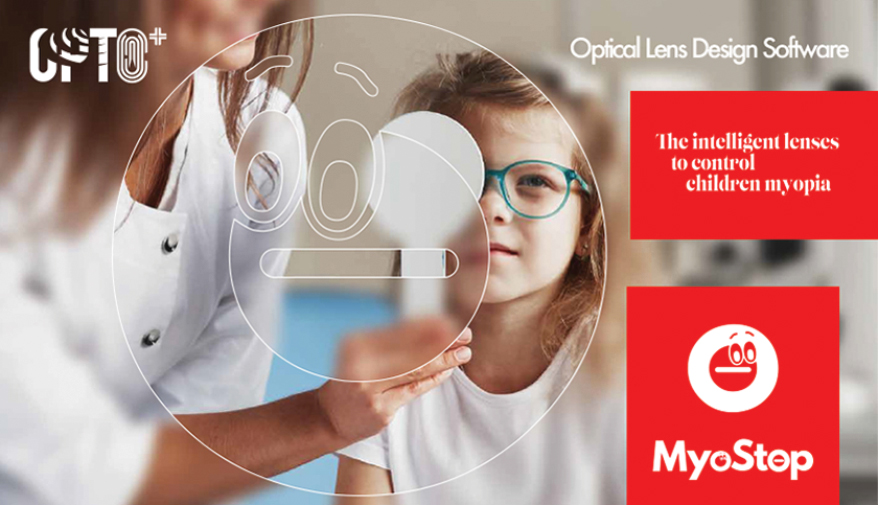
OptoPlus
The MyoStop Intelligent Lens can offer clear vision to children with myopia.
optoplus.cloud
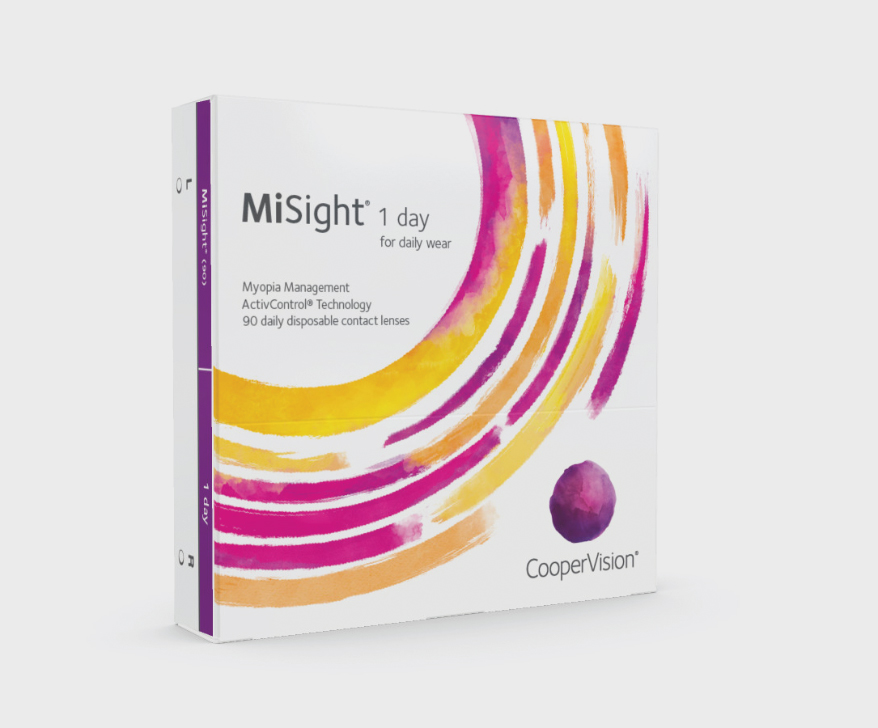
CooperVision
MiSight 1 day myopia control soft contact lenses are the first FDA-approved product proven to slow myopia progression in children aged 8-12 at the initiation of treatment.
(800) 341-2020 | coopervision.com
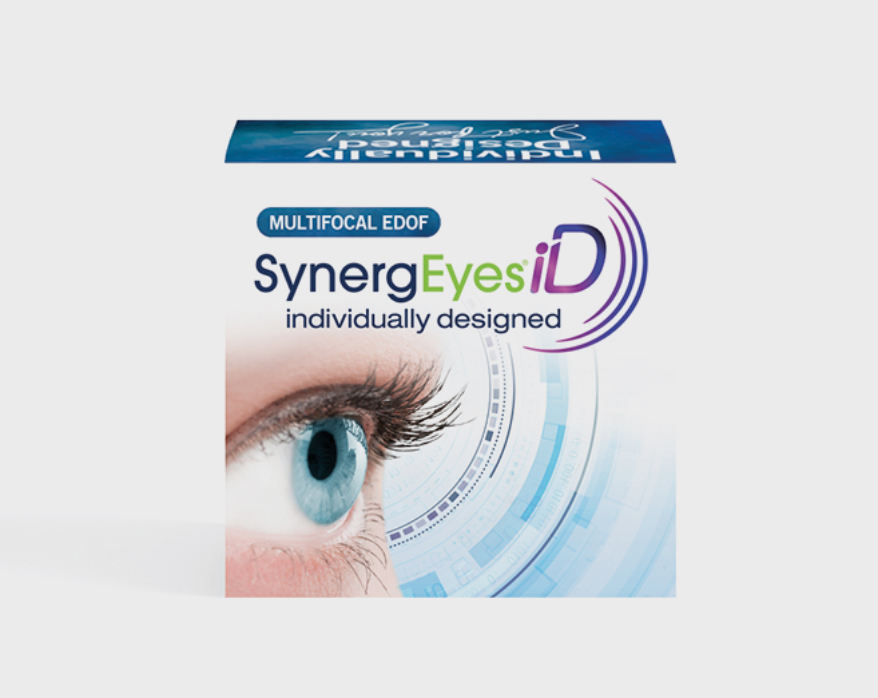
SynergEyes
The SynergEyes iD Multifocal Extended Depth of Focus (EDOF) hybrid lens is individually designed for all distances.
(877) 733-2012 | synergeyes.com
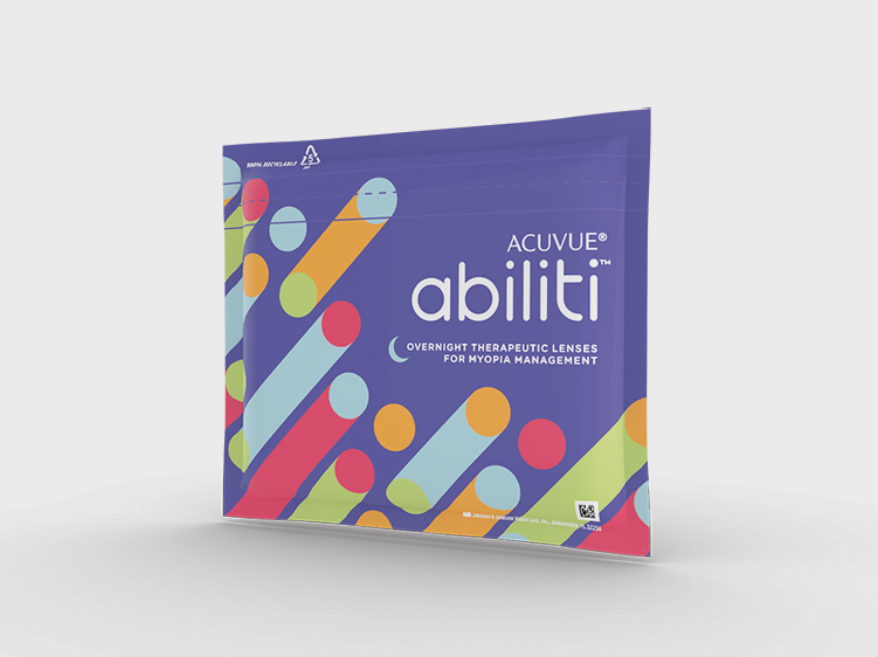
Johnson & Johnson Vision
Acuvue Abiliti is an overnight ortho-k contact lens that is approved by the FDA for myopia management.
(877) 334-3937 | seeyourabiliti.com
Smart Ways to Use Myopia Management Tools
Ashley Wallace-Tucker, ODBellaire Family Eye Care, Bellaire, TX

We talk to patients about myopia as a disease entity, not as nearsightedness. We explain the need to focus on preventing side effects like retinal detachment and glaucoma. We’re most concerned about myopia in children, where it progresses rapidly. My favorite treatments are daytime CLs and nighttime ortho-k lenses. I like CooperVision’s daily disposable MiSight. They also offer a monthly disposable, Biofinity. I use the NaturalVue multifocal and a SynergEyes hybrid lens. Multifocal is the most effective design for myopia. To slow myopia, children can take atropine eye drops once a day. I suggest lifestyle changes like good lighting when reading and more green time, less screen time. Most parents who are myopic want something better for their kids; when I break it down, they’re willing to intervene.
Katherine Schuetz, OD Little Eyes Pediatric Eye Care, Carmel, IN
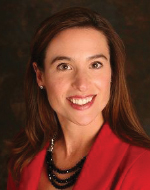
We’ve been building a myopia control practice for the last seven years and I like to give patients my honest opinion. The options I recommend are ortho-k CLs, atropine eye drops, and MiSight CLs. My last choice is bifocal glasses, which tend to be more effective in patients with esophoric posture. I educate parents on the options, but I also involve kids in the conversation. If they’re not ready for CLs, we use different varieties of atropine drops and check them every three months. If there’s a year of stability, we’ll see them every six months. It depends on the motivation of parent and patient. We have some 6- and 7-year-olds already in ortho-k. Our staff is great at making sure follow-up happens.